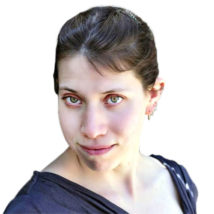
Bethany Brookshire was a longtime staff writer at Science News Explores and is the author of the book Pests: How Humans Create Animal Villains. She has a B.S. in biology and a B.A. in philosophy from The College of William and Mary, and a Ph.D. in physiology and pharmacology from Wake Forest University School of Medicine. She was a 2019-2020 Knight Science Journalism Fellow at MIT, the winner of the Society for Neuroscience Next Generation Award and the Three Quarks Daily Science Writing Award, among others.

All Stories by Bethany Brookshire
-
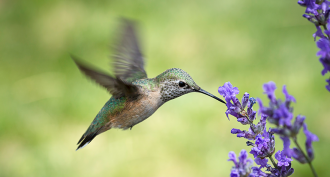 Animals
AnimalsScientists Say: Hertz
Frequency is how often something repeats over a period of time. Frequency is often measured in hertz, the number of times a cycle repeats each second.
-
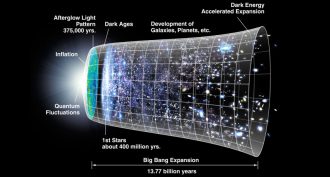 Physics
PhysicsScientists Say: Big Bang
The Big Bang is the current theory about how our universe came to be. It began with a vast explosion of matter — a very Big Bang.
-
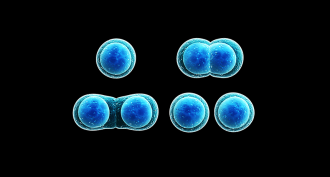 Life
LifeScientists Say: Mitosis
Mitosis is a type of cell division where one cell divides into two identical copies, called daughter cells.
-
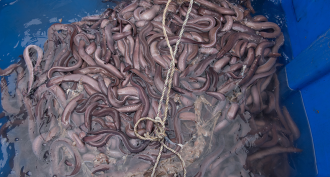 Animals
AnimalsScientists Say: Hagfish
Hagfish are eel-shaped fish with many traits that make them similar to long-vanished fossils. When threatened, they can pump out piles of slime.
-
 Health & Medicine
Health & MedicineScientists Say: Obesogens
The chemicals can change how the body stores fat or how often someone feels hungry — increasing the risk for obesity.
-
 Health & Medicine
Health & MedicineFighting spider-fear with a little Spider-Man
Many people are afraid of spiders or ants. Watching a movie clip with the critters in it might help make people more comfortable with them, a new study shows.
-
 Climate
ClimateScientists Say: Eyewall
The calm center of a hurricane or other tropical cyclone is called the eye. But the worst winds and rain are around it, in the eyewall.
-
 Chemistry
ChemistryScientists Say: Ferrofluid
Ferrofluids are liquids with tiny magnetic particles in them. These liquids respond to magnets.
-
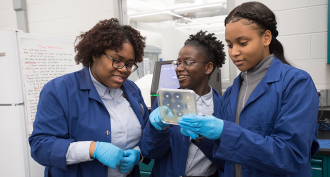 Microbes
MicrobesTeens swipe a door handle and find an antibiotic
Three teens swabbed a smartphone, a door handle and a hand dryer. The new bacterium they turned up can kill other types of germs.
-

Scientists Say: Naloxone
This drug can save people who have overdosed on opioids, such as fentanyl and oxycodone.
-
 Physics
PhysicsScientists Say: Light pollution
Light pollution is when artificial light shines into places that are normally dark. It can disrupt the lives of plants, animals and people.
-
 Health & Medicine
Health & MedicineScientists Say: Myopia
Myopia is nearsightedness, where people have trouble seeing far away objects. This happens if someone’s eyes are slightly oval, instead of perfect spheres.